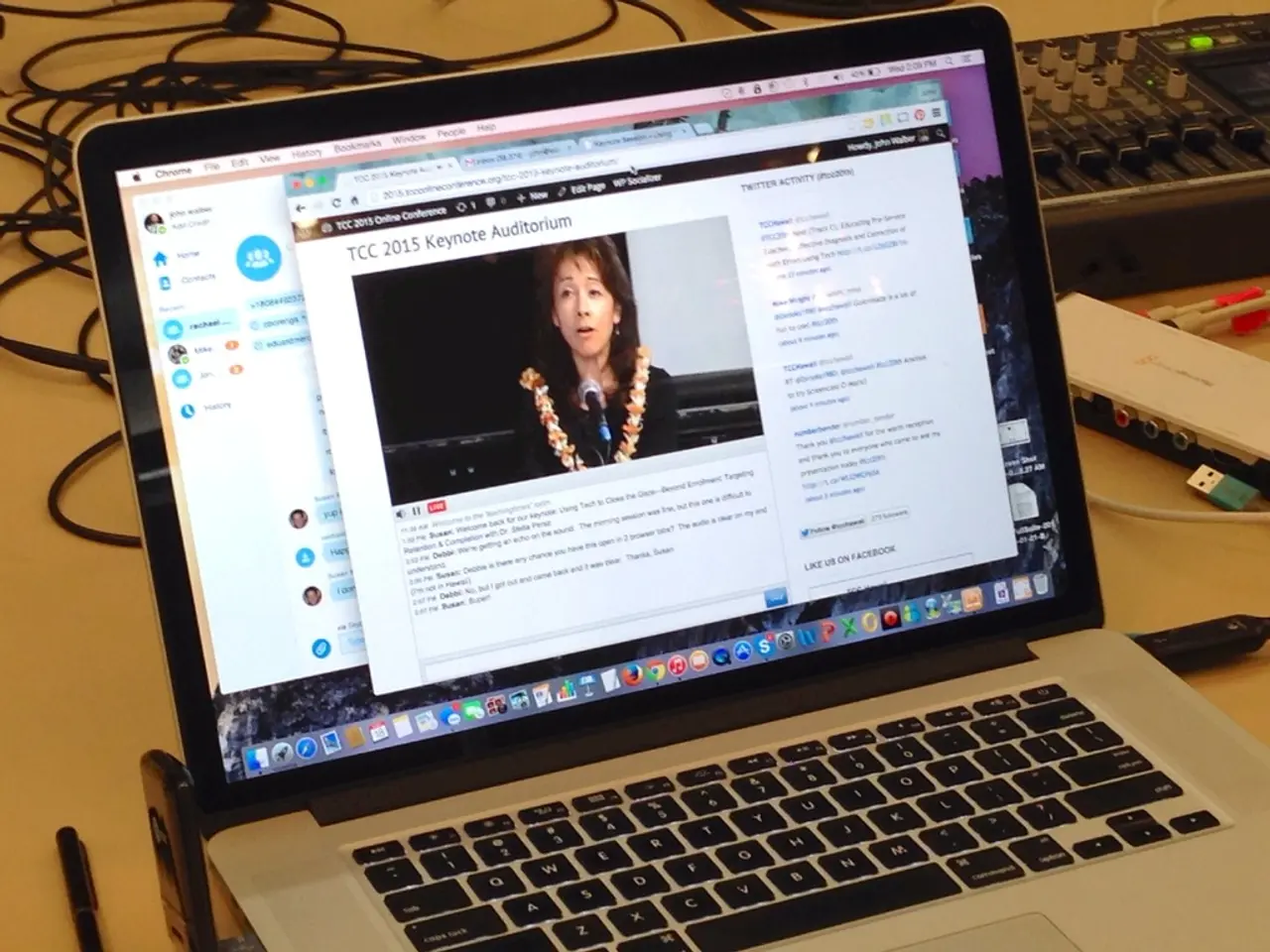Streamlining the MIT Strategy: Recognizing and Ranking Your Primary Duties
The MIT (Most Important Task) method, a time management strategy, is gaining popularity as a tool for improving work-life balance and productivity. This technique, which emphasizes task prioritization, encourages focusing on the most critical tasks each day instead of juggling a long, overwhelming to-do list.
The MIT method offers several benefits for task prioritization and productivity. By focusing on one key task at a time, individuals can eliminate distractions, improve concentration, and complete tasks more efficiently. This focus reduces overwhelm, minimizes stress, and reduces procrastination. Moreover, by consistently working on high-impact tasks first, individuals ensure that their efforts contribute meaningfully to their objectives.
The method's flexibility allows users to move on to less critical tasks if they complete their MITs early. However, it's essential to balance MITs with "regular" tasks to maintain overall productivity and prevent burnout. Prioritizing tasks based on their impact rather than their urgency is a key aspect of the MIT method.
Examples of MIT tasks include completing a high-stakes project report, preparing for a crucial client meeting, developing a strategic plan, engaging in focused study or skill development, and allocating time for self-care activities. To identify these tasks, consider factors such as their impact on long-term goals, urgency, complexity, value to stakeholders, alignment with personal or organizational priorities, and their ability to contribute significantly to major objectives.
Time trackers and productivity tools like Hubstaff can help users identify time-wasting websites and apps that hinder productivity. Communication platforms like Slack, Microsoft Teams, and Zoom allow users to synchronize with teammates and coordinate their efforts toward a common goal. Completing the most important tasks gives users a tangible sense of progress and boosts motivation.
However, the MIT method is not without its challenges. An imbalance in task management can occur when overemphasizing MITs, causing users to overlook routine tasks that keep day-to-day operations running smoothly. Neglecting less important tasks is another challenge, as these tasks still need to be completed. The method also has the potential for burnout if users constantly focus on the most important tasks without taking breaks.
To mitigate these challenges, it's essential to use the MIT method as another tool in your arsenal of task management methods, not as the end-all-be-all option. Daily and weekly planning is crucial for successful use of the MIT method, as it helps identify key tasks. Software tools can help track progress and determine if you're on the right track with your MIT tasks.
In conclusion, the MIT method offers a promising approach to improving work-life balance and productivity by streamlining task prioritization. By focusing on the most important tasks, individuals can boost productivity, reduce stress, and ensure steady progress on high-impact tasks. However, it's essential to use the method in conjunction with other productivity methods and to maintain a balance between MITs and other tasks to avoid burnout.
- To enhance the MIT method's effectiveness, consider integrating productivity tools like Hubstaff Tasks for time tracking, identifying time-wasting activities, and boosting overall productivity.
- Alongside the MIT method, consider incorporating the use of to-do lists to ensure that routine tasks, although not MITs, don't get overlooked and still contribute to maintaining overall productivity.
- For personal-growth enthusiasts, the MIT method can be an excellent strategy for prioritizing self-development activities such as focused study, skill development, or self-care, ensuring they align with long-term goals.
- In addition to using blog posts and online resources on education-and-self-development for learning about the MIT method, you can find valuable insights into productivity strategies on Hubstaff's blog for continued improvement and personal-growth.




